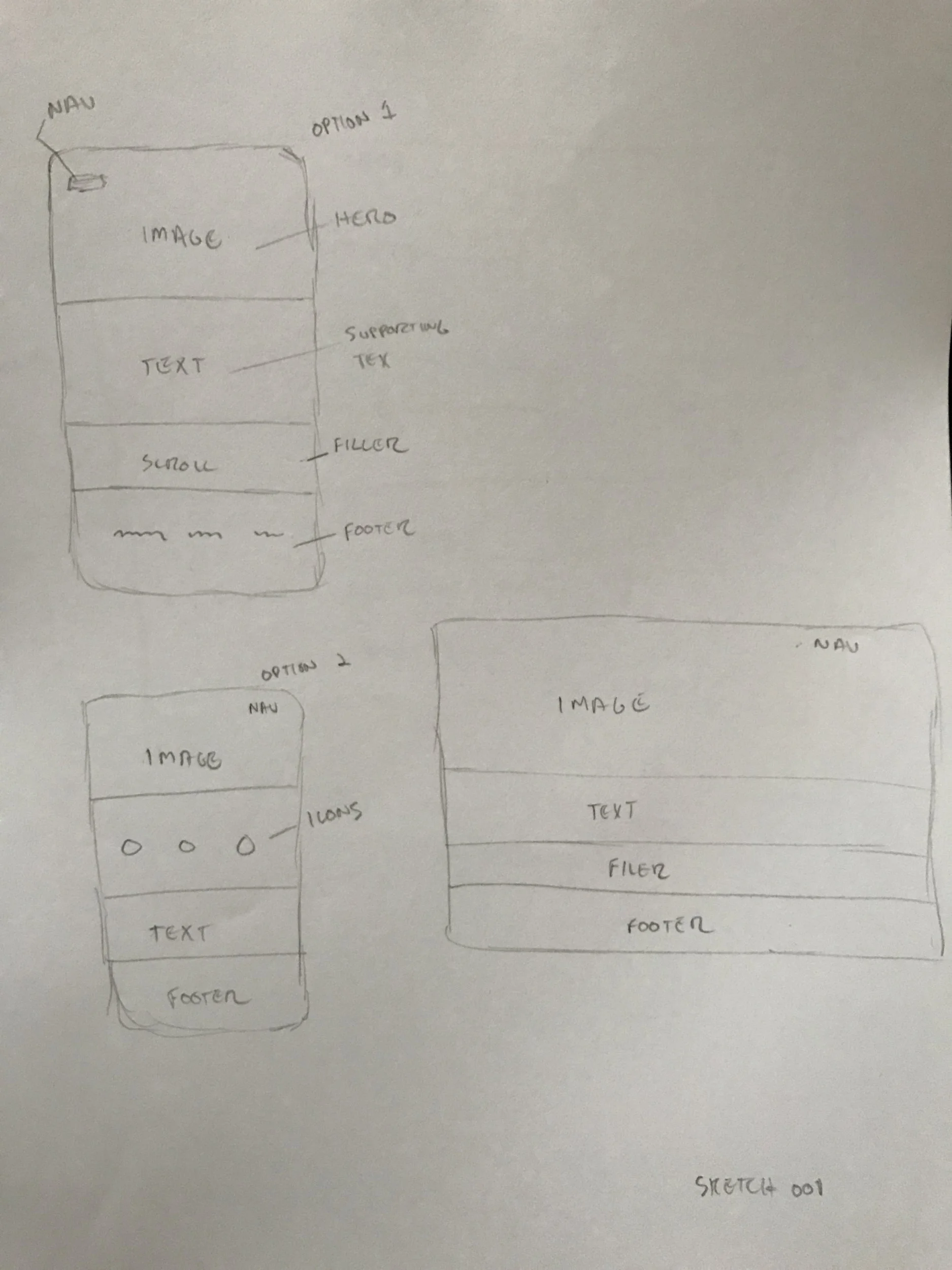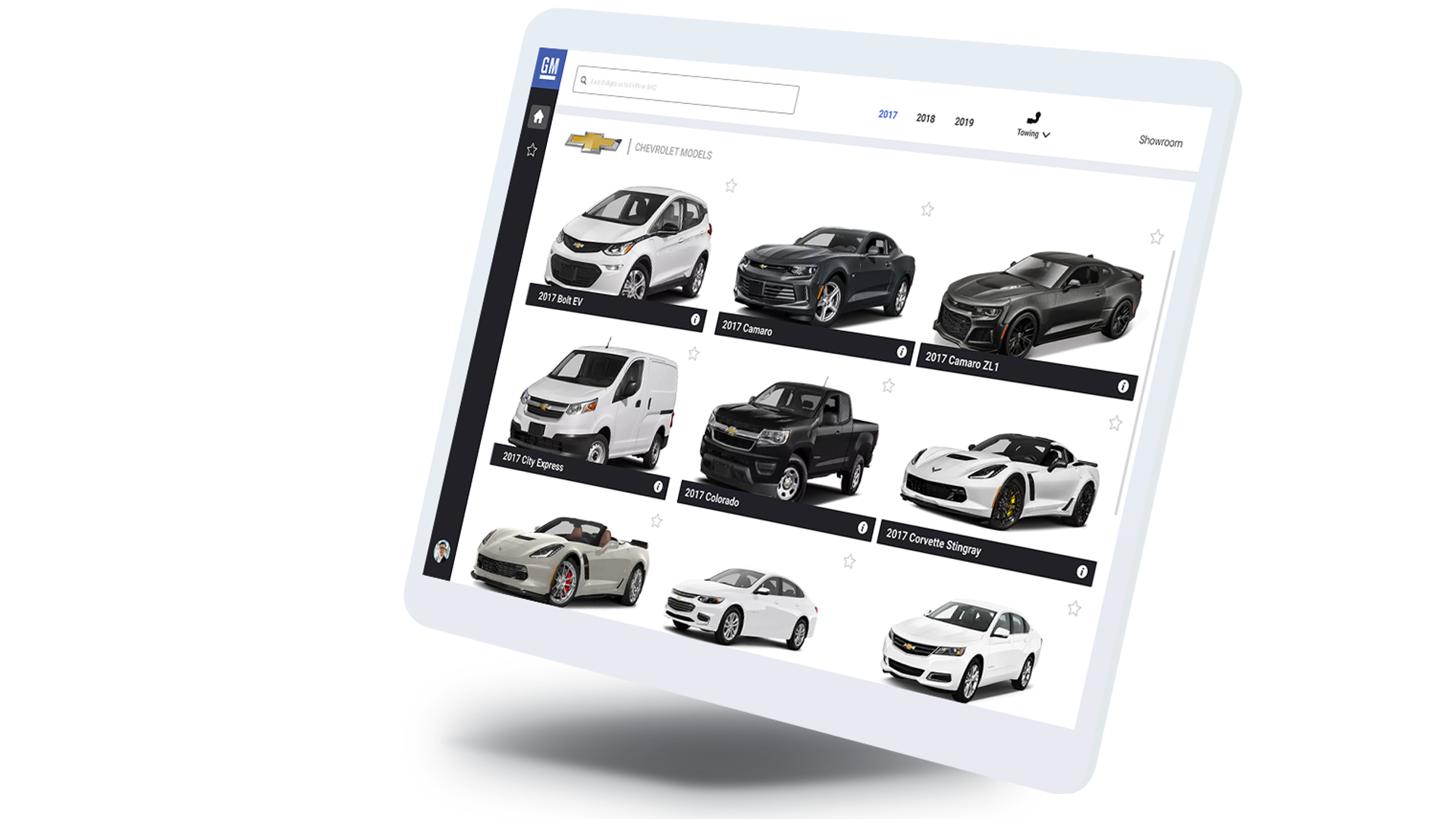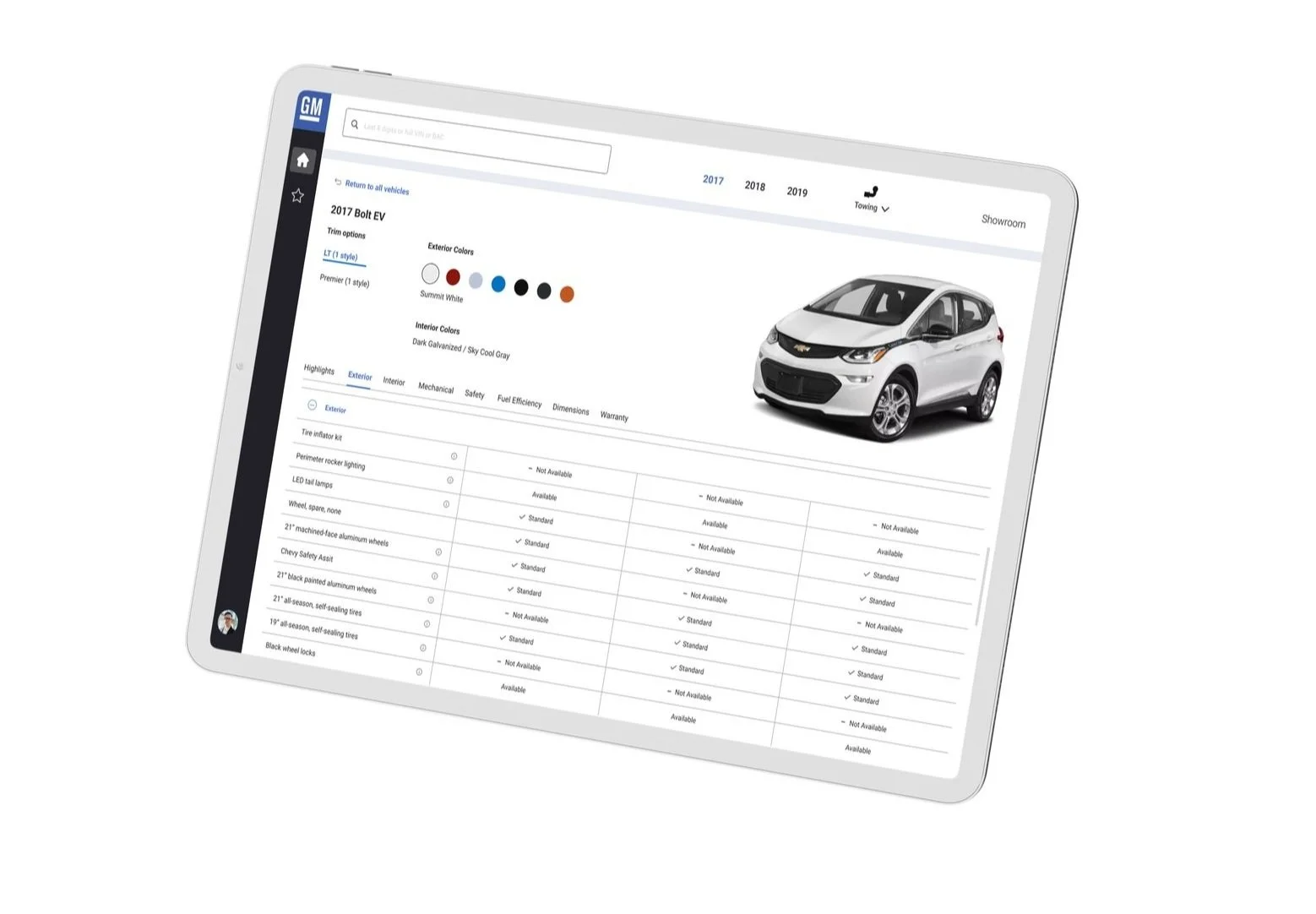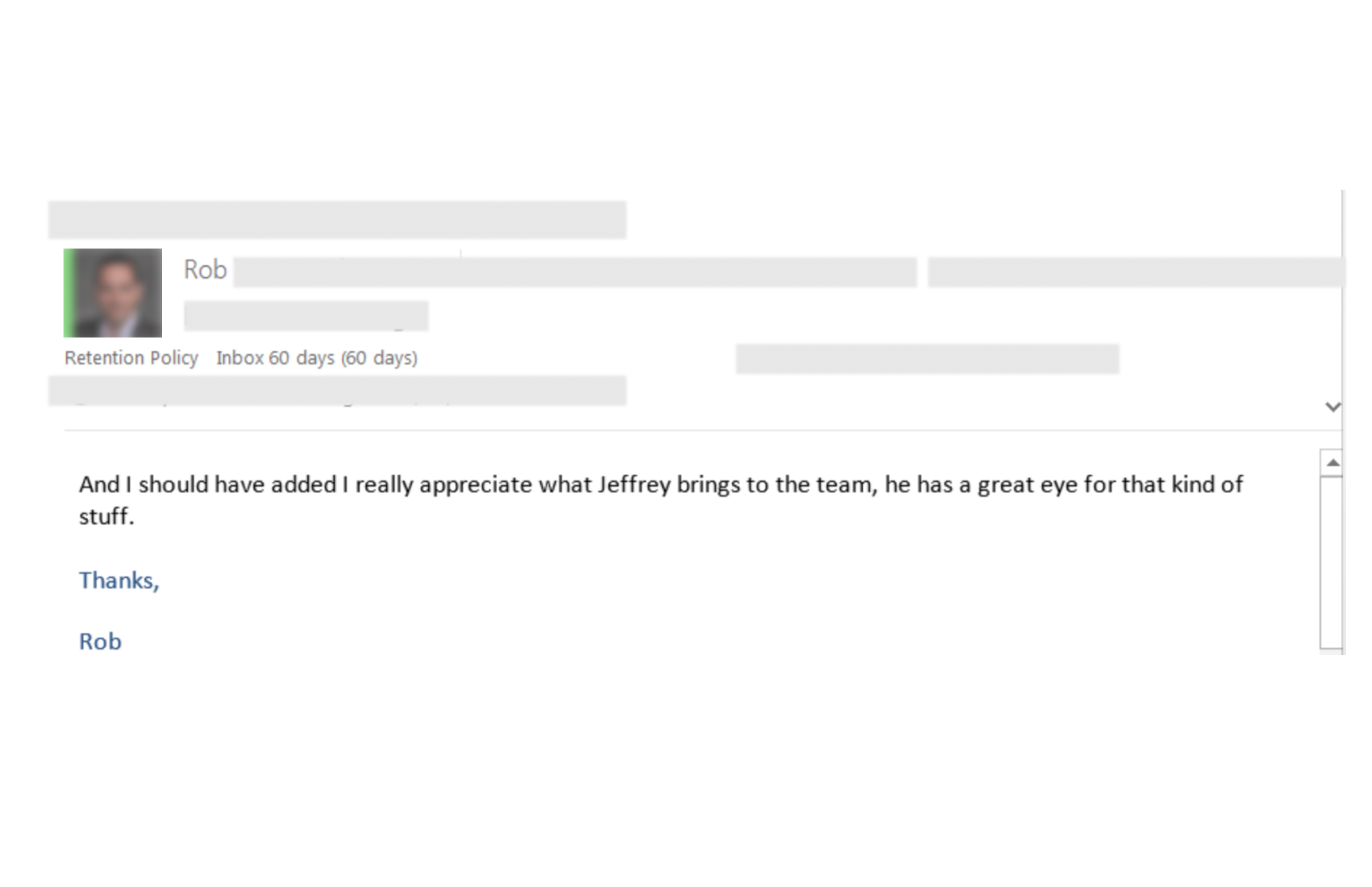Enhancing Dealer Operations –
Showroom Application.
General Motors
Internal Dealer Enablement Tooling
My Role:
Lead designer
Interaction designer
Visual designer
Design system
Prototype
Platforms:
Desktop Web
Mobile Web
Project Overview
As part of GM's 5-year Global IT Transformation initiative, I led the design of the "Showroom" application—a digital tool aimed at modernizing dealership operations and enriching the customer buying experience. This application was designed to equip salespeople with immediate access to comprehensive vehicle information, enhancing their ability to serve prospective buyers effectively.
Problem
Prior to Showroom, sales conversations at dealerships were often hindered by outdated methods—salespeople relied on physical brochures and inventory sheets, leading to delays and information gaps during customer interactions. This not only affected the confidence of the sales staff but also impacted the overall customer experience and sales conversions.
Opportunity
How can we empower GM salespeople with accurate and comprehensive vehicle information to improve their product knowledge and sales confidence, ultimately enhancing customer satisfaction and boost sales conversions?
gOALS
Under tight deadlines and business expectations, our objectives were to:
Develop a Comprehensive Sales Assistant Tool: Provide a user-friendly digital platform encompassing GM's entire vehicle lineup, including specifications and configurations across multiple years.
Enhance Sales Confidence: Enable salespeople to respond swiftly and accurately to customer inquiries, improving the quality of interactions.
Boost Sales Conversions: Assist sales staff in delivering a superior customer experience, thereby increasing conversion rates.
Deliver MVP in 6 Months: Achieve a functional minimum viable product within a six-month timeframe.
Phase 1: Prioritization & Trade-off Assessment.
Collaborated with stakeholders to distinguish between essential features and enhancements, ensuring focus on critical functionalities for the MVP while deferring less critical elements to future releases.
Phase 2: Defining key objectives.
Worked with the research team to identify mission-critical features:
Personalized Inventory: Utilized GM Business Associate Codes (BAC codes) to tailor inventory results to specific dealerships.
Quick Access to Frequently Requested Vehicles: Enabled salespeople to favorite or save information on commonly inquired vehicles.
Towing Capacity Comparison Tool: Developed a feature allowing instant comparison of towing capacities across different truck models.
Phase 3: Aligning with Engineering.
Engaged with engineering leads to assess technical feasibility, align on deliverables, and identify opportunities to expedite development without compromising on quality.
Phase 4: Ideation – Rapid Sketching, Usability Testing & Revisions.
Initiated quick sketching sessions and developed low-fidelity mock-ups to conduct A/B testing with end-users. Gathered feedback to iterate designs rapidly, ensuring the interface was intuitive and met user needs.
Preliminary exploration sketches
Preliminary exploration sketches
Preliminary exploration sketches
Phase 5: Design.
Translated insights from testing into high-fidelity designs, focusing on a clean, intuitive interface that aligned with GM's branding. Ensured the application was responsive and accessible across devices, facilitating seamless adoption by sales staff.
Solution #1:
Using BAC Code Integration to personalize dealership-specific Inventory.
Through collaboration with our engineering team, together we identified an opportunity to integrate BAC codes into our app’s search function. These unique dealer numbers allow dealerships to view their specific inventory, enhancing search relevance. By utilizing this data, we could present vehicles at each dealership, organized by year, brand, vehicle type, and other configurations, providing a tailored experience for sales reps worldwide.
Solution #2:
Favorite Vehicles Implementation for quick access to frequently visited vehicles.
To streamline the process for sales reps, I introduced a “Favorite” feature, allowing them to quickly access frequently viewed vehicles. This was well-received during testing, enabling salespeople to focus more on customer service by reducing time spent on repetitive searches.
By integrating APIs from GM’s customer websites, we were able to pull in vehicle details directly into the app. This allowed salespeople to quickly access comprehensive information—such as trim levels, color options, and interior packages—saving time and enhancing their ability to answer customer questions instantly.
Solution #3:
Towing Capacity Filter –– For Truck recommendations by towing capacity.
Recognizing trucks as GM’s top-sellers, I prioritized easy access to truck-related features in the app. I integrated a towing capacity filter at the top of each page for quick access. Additionally, a comparison feature was introduced, allowing sales reps to easily compare towing capacities and key features across models, improving customer interactions and decision-making.
Whenever the towing capacity was used, we populated results from all the brands available, so that even if a vehicle was not directly on the lot, the salesperson could make a recommendation to a vehicle that could be ordered so that a potential sale did not dissolve in the moment.
Solution #4:
Brand Filter Customization Implementation –– For personalized vehicle searches.
Research revealed that salespeople wanted control over which car brands appeared in the app. For example, dealerships selling only Chevrolet and Buick preferred not to see GMC or Cadillac in their search results. This customization improved usability, allowing sales reps to focus on the brands they sell, enhancing sales strategy and inventory management.
Outcomes.
Enhanced Sales Efficiency: Salespeople could access detailed vehicle information swiftly, reducing consultation times.
Improved Customer Experience: Customers received accurate information promptly, leading to increased satisfaction.
Increased Sales Confidence: Sales staff reported higher confidence levels during customer interactions.
Timely MVP Delivery: Successfully launched the MVP within the six-month target, setting the stage for future enhancements.
Recognition.
Public recognition I received from our GM Business Partner for my contribution to the project success, highlighting my visual design abilities and skillset, as well as my ability to be a team player.
Reflections.
This project underscored the importance of cross-functional collaboration and user-centered design in developing tools that meet both business objectives and user needs. By focusing on essential features and maintaining open communication with stakeholders, we delivered a product that significantly improved dealership operations and customer satisfaction.













